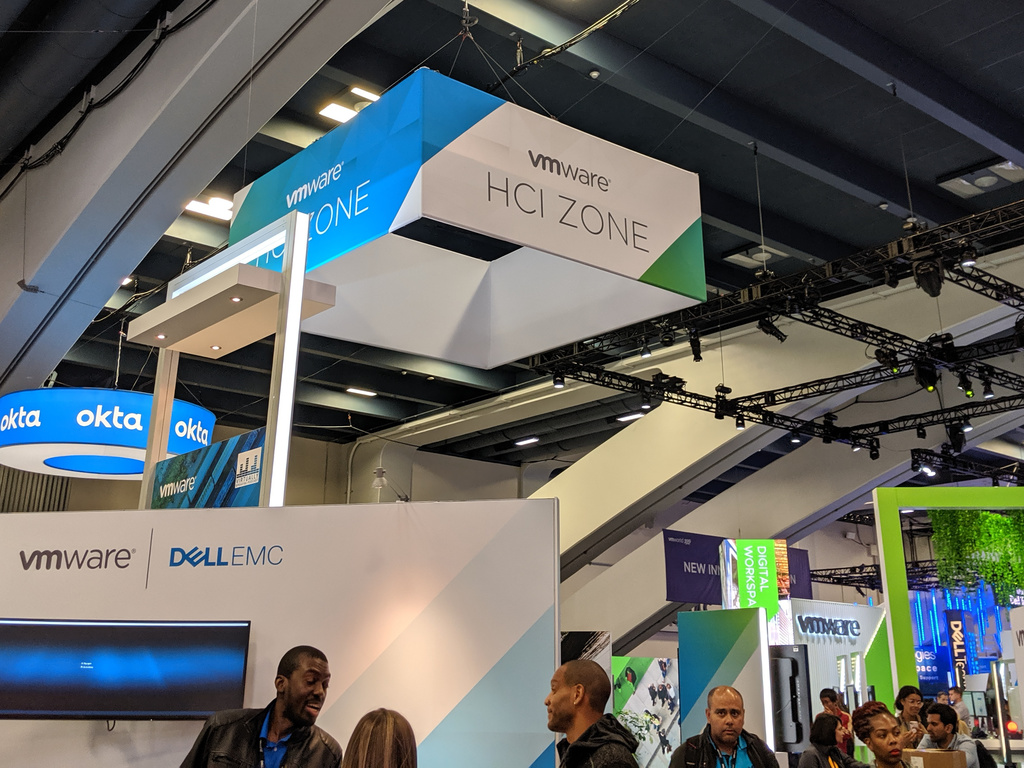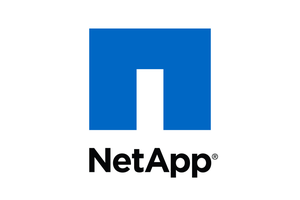HyperConverged Infrastructure Is Now Just A Feature
The buzz around hyperconverged infrastructure, or HCI, has all but disappeared.

What was a deafening cacophony of competing claims and counter-claims just a few short years ago has become a whisper so quiet you could almost forget the term existed.
The message from all but the most foolhardy of HCI vendors has shifted completely away from the makeup of the infrastructure to the benefits to customers of the overall offering. Which is as it should be.
Many of the protagonists in the HCI wars have left the field. The clear winners are VMware with vSAN, and Nutanix, with the rest of the market made up of HCI product offerings from large, established infrastructure vendors like Dell EMC, HPE, Cisco, and NetApp. Many of those offerings are the result of acquisitions for those lucky enough to find an exit before the HCI market collapsed.
Those who remain independent have retreated to a niche business use case, such as Pivot3 that has returned to focus on video-surveillance and analytics, or HiveIO (which acquired Atlantis Computing) doing VDI for education environments. Maxta struggles on after being acquired by Huayun Data Group Technologies, while StorMagic has repositioned as a SAN replacement for edge computing needs. Without prior knowledge, you'd never know Datrium was ever in the HCI market.
The obsession with HCI always seemed to me to be driven by technical people who were enamoured by the technology, as they are wont to do. I get it, the way protocols like PAXOS and Raft work are pretty cool, to those of a technical bent. But ultimately, if I'm purchasing some IT gear to solve a business problem, I don't really care how it works inside. I care that it does the job I need it to do, and that job is rarely “run Raft really well”.
And that's where we've now arrived. HCI is offered as a type of product you can buy from the major infrastructure vendors but it's given the same prominence as the size of the box and how many CPUs you want, if it's even mentioned at all. The choice of HCI is driven by a business need, rather than HCI being positioned as the only real choice for every possible workload that some vendors once insisted on pitching.
If you have specialised needs, there are specialised vendors for you, and if they can make the margins work at this reduced scale, then they can have a nicely solid business.
Scale Computing sticks out as deserving of special mention. Scale avoided the battle for the enterprise market by sticking to its original mid-market focus. It essentially zigged while everyone else zagged.
Others could have competed strongly against Scale for the mid-market, but they were distracted by the potential upside of enterprise TAM and burned their resources fighting Nutanix and VMware. Meanwhile Scale just quietly went about its business serving its customers and building what appears to be a solid business that has, indeed, scaled quite nicely.
And now the world has moved on and edge computing is the hot new thing. Scale has gotten lucky here, and others would do well to follow their lead and reposition as an edge-focused company.
HCI isn't dead, by any means, but no one cares any more.
And that's a good thing.

